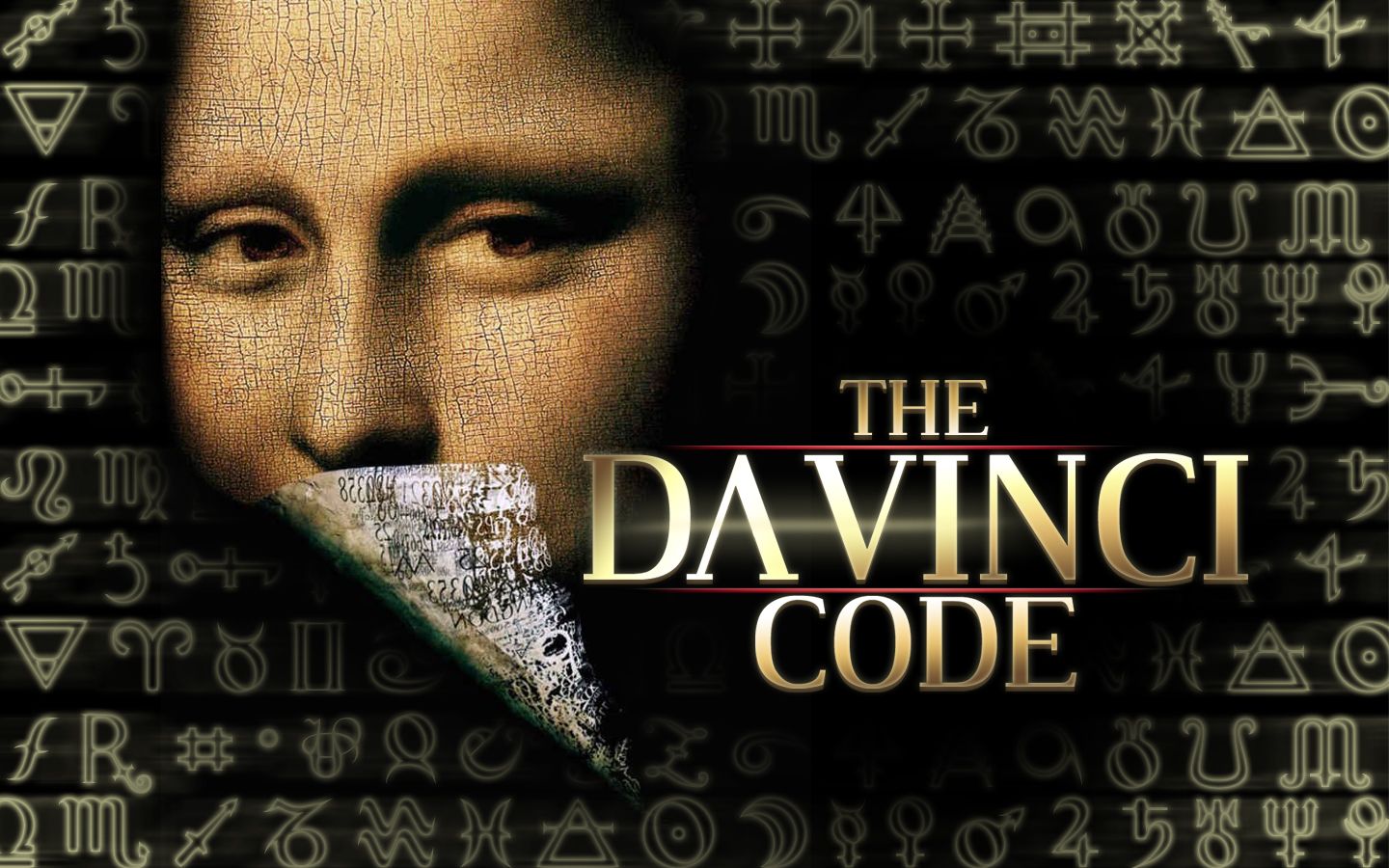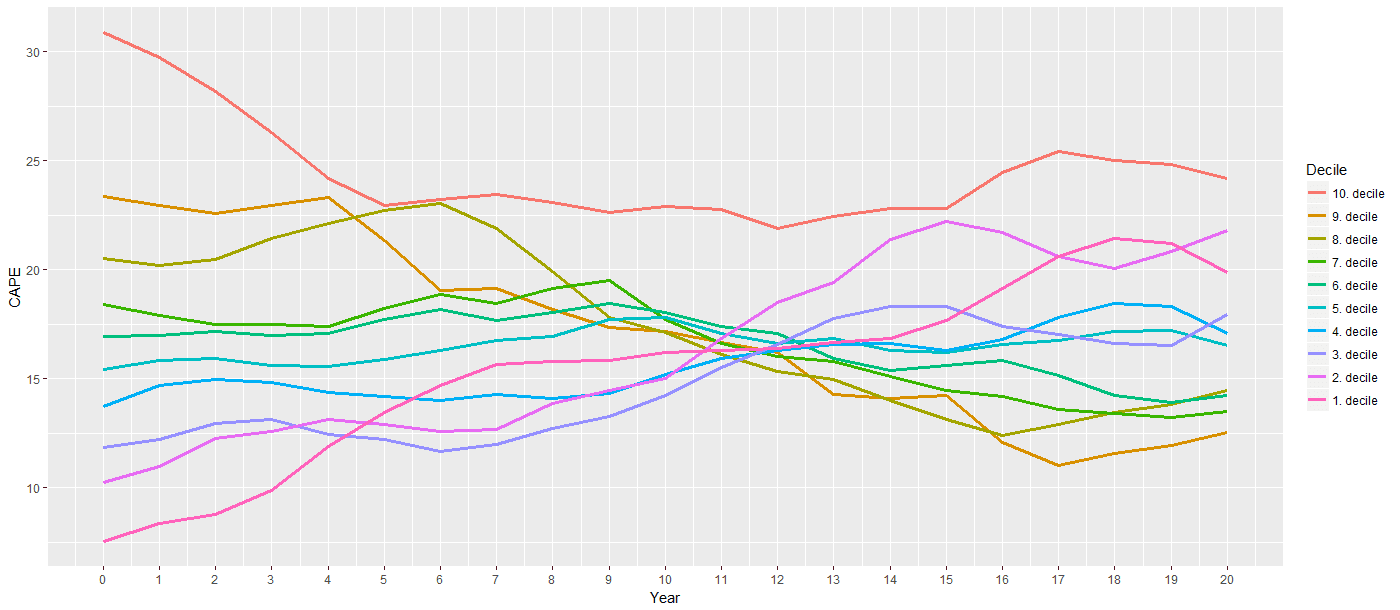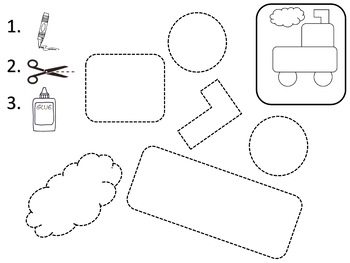The Da Vinci Code: A Critical Analysis Of Plot, Characters, And Themes

Table of Contents
Unraveling the Intricate Plot of The Da Vinci Code
The Quest for the Holy Grail
The central mystery of The Da Vinci Code revolves around the search for the Holy Grail, not as a sacred chalice, but as a metaphor for the descendants of Jesus Christ and Mary Magdalene. This reinterpretation of religious history forms the backbone of the narrative, driving the plot forward with a series of cryptic clues and thrilling chase sequences. The significance of this secret lineage is central to the novel's overarching theme of suppressed historical truths.
The clues themselves are intricately woven into the narrative, utilizing religious iconography, historical symbols, and secret societies. The Priory of Sion, a fictional organization, plays a significant role in guarding this secret, adding layers of intrigue and suspense. The pacing of the plot is meticulously crafted, building suspense through a series of near-misses and escalating dangers.
- The Priory of Sion: A fictional society central to the plot, responsible for protecting the secret lineage.
- Cryptic Symbols: Da Vinci's paintings, architectural designs, and secret codes form the basis of the clues.
- Chase Sequences: High-stakes chases across Europe add to the thrill and urgency of the narrative.
- The Climax at the Louvre: The culmination of the chase and the revelation of the central secret.
The Historical Accuracy (or Lack Thereof)
While The Da Vinci Code masterfully weaves a compelling narrative, its historical accuracy has been widely debated. The novel takes significant liberties with historical figures and events, offering interpretations that are controversial and often factually inaccurate. This blurring of fact and fiction is a key element of the novel's impact, sparking discussions about the relationship between historical interpretation and artistic license.
The portrayal of Jesus and Mary Magdalene as having a romantic relationship and producing offspring is perhaps the most contentious aspect. The novel also reinterprets religious art, suggesting hidden meanings and symbolic representations not supported by mainstream scholarship. The depiction of the Knights Templar as protectors of the secret lineage is another area of significant historical deviation.
- The portrayal of Jesus and Mary Magdalene: A key point of contention and a central element of the novel's controversial themes.
- The interpretation of religious art: The novel uses artistic license to reinterpret the meaning of famous paintings and sculptures.
- The depiction of the Knights Templar: The novel presents a romanticized and arguably inaccurate view of this historical order.
Exploring the Key Characters and their Motivations
Robert Langdon: The Reluctant Hero
Robert Langdon, a Harvard symbologist, serves as the reluctant hero of The Da Vinci Code. His expertise in religious iconography and symbolism is crucial to deciphering the clues. While initially hesitant, Langdon becomes increasingly involved in the mystery, demonstrating both intellectual prowess and emotional vulnerability. His character arc reflects a journey of self-discovery and a reevaluation of his own beliefs.
- Langdon's expertise in symbology: His knowledge forms the basis of the narrative's problem-solving elements.
- His relationship with Sophie Neveu: A crucial partnership that develops throughout the novel.
- His moral dilemmas: Langdon faces ethical challenges as he confronts powerful institutions and their secrets.
Sophie Neveu: The Strong Female Lead
Sophie Neveu, a cryptologist with the French police, is a strong female lead who plays an equally vital role. Her intelligence and resourcefulness are essential to the narrative's success. Her connection to the mystery through her family history adds a personal stake to her involvement, and her transformation throughout the novel is significant.
- Neveu's intelligence: Her skills in cryptography are crucial in deciphering the codes and clues.
- Her family history: Her connection to the Priory of Sion adds a personal dimension to her role.
- Her relationship with Langdon: Their partnership and developing connection add depth to the narrative.
Sir Leigh Teabing: The Enigmatic Antagonist
Sir Leigh Teabing, a seemingly benevolent scholar, acts as a crucial figure, guiding and manipulating Langdon and Neveu. While initially appearing as an ally, Teabing's true motivations remain ambiguous for much of the novel, adding a layer of suspense. His extensive knowledge of history and symbolism allows him to manipulate events and control the narrative flow.
- Teabing's knowledge: His expertise is a key asset in the search for the Holy Grail.
- His manipulation of Langdon and Neveu: He subtly guides their actions, often for his own purposes.
- His ultimate goals: The true extent of his ambitions remains unclear until the climax of the novel.
Deconstructing the Controversial Themes of The Da Vinci Code
The Suppression of Historical Truths
The Da Vinci Code portrays the Catholic Church as having actively suppressed historical truths to maintain power and control. The novel explores themes of secrecy, deception, and the manipulation of information. This controversial portrayal sparked significant debate and discussion about the Church's role in shaping history.
- The conspiracy theories: The novel presents a complex conspiracy involving centuries of hidden knowledge and deception.
- The hidden history of Christianity: The novel challenges the established narratives of Christian history.
- The Church's response to the novel: The Church's reaction became part of the narrative surrounding the book.
The Role of Women in Religious History
The novel's portrayal of Mary Magdalene as a key figure in early Christianity and as Jesus's wife challenges traditional religious interpretations. This challenges patriarchal structures and opens up a discussion about women's roles in religious history and their often overlooked contributions.
- The reinterpretation of biblical narratives: The novel reimagines biblical accounts, placing Mary Magdalene in a central role.
- The challenges to traditional religious views: The novel's depiction provokes debate about established religious doctrines.
- The power dynamics between genders: The novel subtly critiques the power imbalances historically present within religious structures.
Faith versus Reason
The Da Vinci Code explores the tension between religious faith and scientific inquiry. The novel presents a conflict between established dogma and the pursuit of historical truth through reason and evidence. Langdon's internal struggle reflects this tension, mirroring the broader debate between faith-based beliefs and evidence-based reasoning.
- Langdon's struggle with his beliefs: His personal journey reflects the central conflict of the novel.
- The clash between dogma and evidence: The narrative highlights the differences between faith-based acceptance and scientific investigation.
- The subjective nature of faith: The novel suggests that faith itself is open to individual interpretation and belief.
Conclusion
The Da Vinci Code, despite its historical inaccuracies, remains a compelling and thought-provoking novel. Its intricate plot, memorable characters, and controversial themes have sparked widespread debate and continue to fascinate readers. The novel’s exploration of religious history, the suppression of truth, and the role of women in Christianity raises important questions that invite further discussion and analysis. The impact of The Da Vinci Code on popular culture is undeniable, proving the enduring power of a well-crafted mystery combined with a controversial narrative.
Have you read The Da Vinci Code? Share your thoughts and interpretations of the plot, characters, and themes in the comments below! Let's continue the discussion on this captivating and controversial novel – unraveling the mysteries of The Da Vinci Code together.

Featured Posts
-
 Cassie Ventura And Alex Fines Red Carpet Appearance Photos From The Mob Land Premiere
May 13, 2025
Cassie Ventura And Alex Fines Red Carpet Appearance Photos From The Mob Land Premiere
May 13, 2025 -
 Ovechkin At 894 Goals The Great 8s Historic Nhl Record Chase
May 13, 2025
Ovechkin At 894 Goals The Great 8s Historic Nhl Record Chase
May 13, 2025 -
 Islanders Claim Top Pick In Nhl Draft Lottery Sharks Pick Second
May 13, 2025
Islanders Claim Top Pick In Nhl Draft Lottery Sharks Pick Second
May 13, 2025 -
 Stock Market Valuations Bof As Reassuring Take For Investors
May 13, 2025
Stock Market Valuations Bof As Reassuring Take For Investors
May 13, 2025 -
 Applications Invited Fine Arts Professorship Spatial Concepts
May 13, 2025
Applications Invited Fine Arts Professorship Spatial Concepts
May 13, 2025
